
ACL Treatment
Anterior Cruciate Ligament (ACL)
Injury and Reconstruction
An ACL tear is a very common injury. People may sustain this injury during sporting activities such as soccer, skiing, basketball, netball, or simply falling from the stairs. The ACL is the most important ligament of the knee; it makes the knee joint stable and allows a person to participate in vigorous activities
Did I have a tear?
As mentioned above, ACL tears commonly occur during sports. The common symptoms of an ACL tear are:
hearing a snap in the knee
pain and inability to continue with the game
swelling of the knee that occurs rapidly
feeling that the knee is loose and gives way easily
How can I confirm if I've had an ACL tear?
ACL tears are painful and distressing and usually not something that will feel better in a few days’ time. If you suspect an ACL tear, you should see an Orthopaedic Surgeon who will examine you and most likely order an MRI scan. The MRI scan is important to diagnose the injury and also pick up common related injuries, eg meniscus tears.
How are ACL tears treated?
In general, there are only two main methods:
Rest, followed by physiotherap
Surgery, followed by physiotherapy
Partial tears of the ACL with no sign of joint looseness may be treated with the first way. Complete tears of the ACL will mostly be treated with surgery to make a new ACL ligament (reconstruction). This is especially important for active and younger persons, where it is very important to restore a stable knee to allow return to activity and reduce chances of subsequent problems, such as arthritis.
Methods of making a new ACL
In order to make a new ACL, we use the patient’s own hamstring tendons. We will dissect out and harvest the tendons, prepare it, and fix it in the knee to replace the torn ACL. The other method is to use another person’s tissues (allograft).
In principle, it is always better to use one’s own tissues, though there are certain situations where we have to use allograft.
The ACL can also be reconstructed in a single-bundle or double-bundle method with pros and cons for each.
The entire procedure is done in a Minimally Invasive way (also called Key-Hole procedure). This means that overall recovery will be faster as compared to traditional methods.
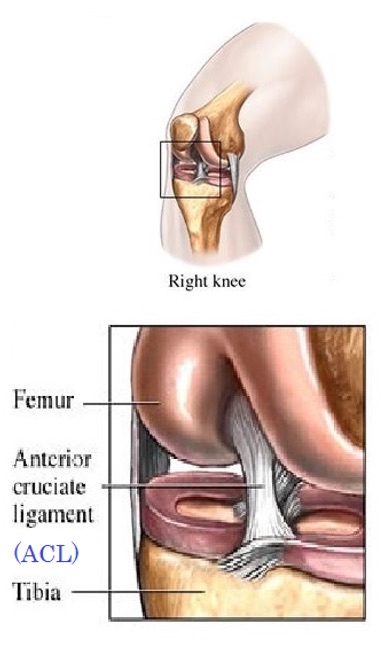
Before surgery
Before surgery, it is important to:
1) apply cold compress to help swelling settle
2) work on straightening your knee to ensure it can straighten fully
3) do Straight Leg Raise exercises to keep your quads strong
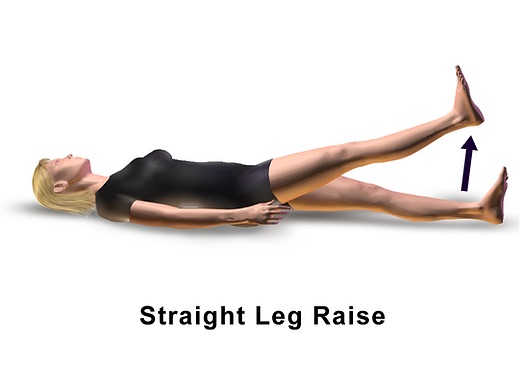
Straight Leg Raise exercises that you should do before the surgery to keep your quads strong.
Surgery
On the day of surgery, arrive at the hospital at least 2 hours before the surgery time. The actual surgery takes about 1.5 hours, but patients may be in the Operating Theatre for 3 to 4 hours. This is due to the pre-op preparation and post-op monitoring.
After surgery, a hinged knee brace will be put on your knee to protect it.
Most patients stay 1 night in hospital for pain management. On the day after surgery, the physiotherapist will teach you simple exercises to do while at home.
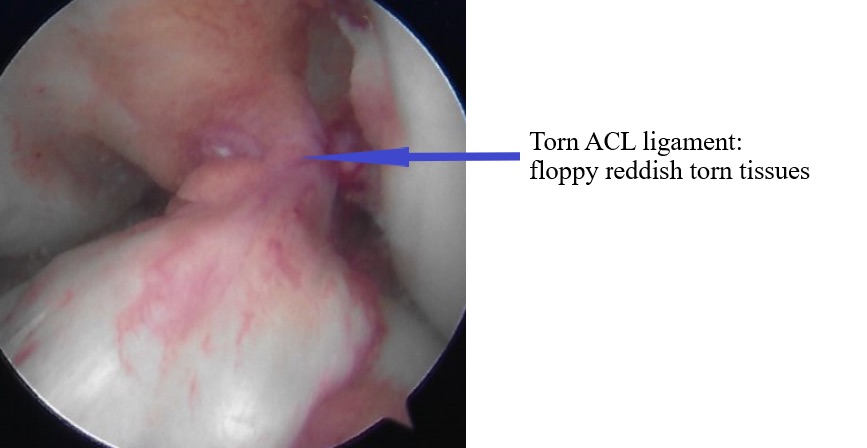
Walking about after surgery
If your surgery did not involve cartilage or meniscus, you will be able to weightbear immediately using crutches. Crutches will be supplied from the hospital. After discharge, you should be able to cope on your own within the home, moving around using the crutches. If you have stairs at home, you should avoid the stairs, and have someone to assist you when you need to use it. Most patients use the crutches for about 2 to 4 weeks after surgery.
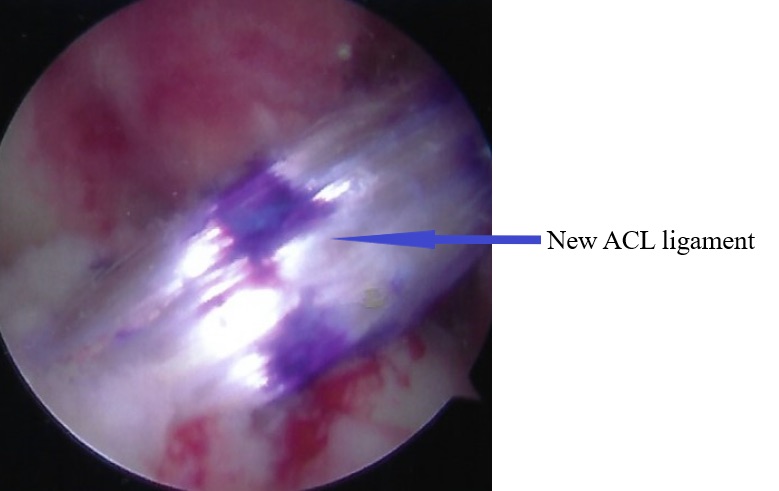
Recovery after ACL surgery
Recovery after ACL surgery takes some time and the patient will have to be patient. Physiotherapy starts 2 weeks after surgery, and may last till 4 months after surgery, at weekly to fortnightly intervals.
This is a general timeline for recovery, in terms of time after surgery:
1 month – walking fairly well
3 months – brisk walking/swimming
4 – 4.5 months – jogging/running
8 – 12 months – return to jumping and pivoting sports
Driving after ACL surgery
If your operated knee is on the left and you drive an automatic car, you may be able to return to driving 2 to 3 weeks after surgery. If your operated knee is on the right or you drive a manual car, return to driving may be 4 to 6 weeks after surgery.
Time away from work
Time away from work is variable and depends on each patient’s work requirement. In our experience, it may range from 2 weeks to 6 weeks.
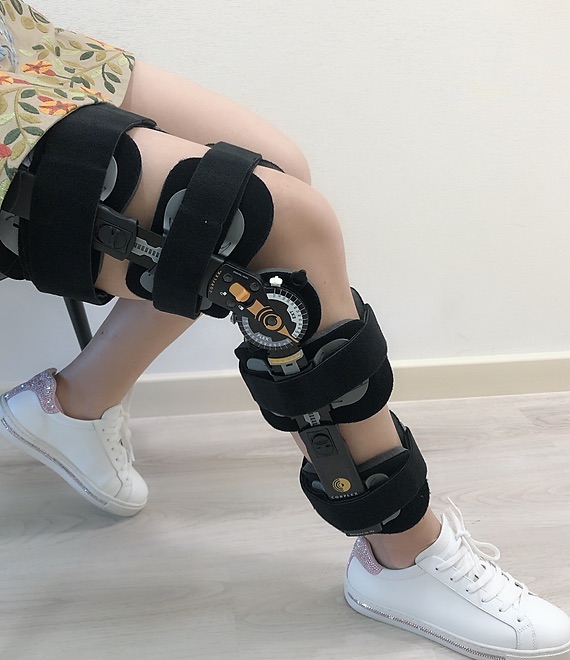
A hinged knee brace. As you recover, the angle on the brace will be increased to let you bend your knee more.
Centurion Orthopaedic Centre
38 Irrawaddy Road
Mt Elizabeth Novena Hospital Specialist Centre #07-40
Singapore 329563









